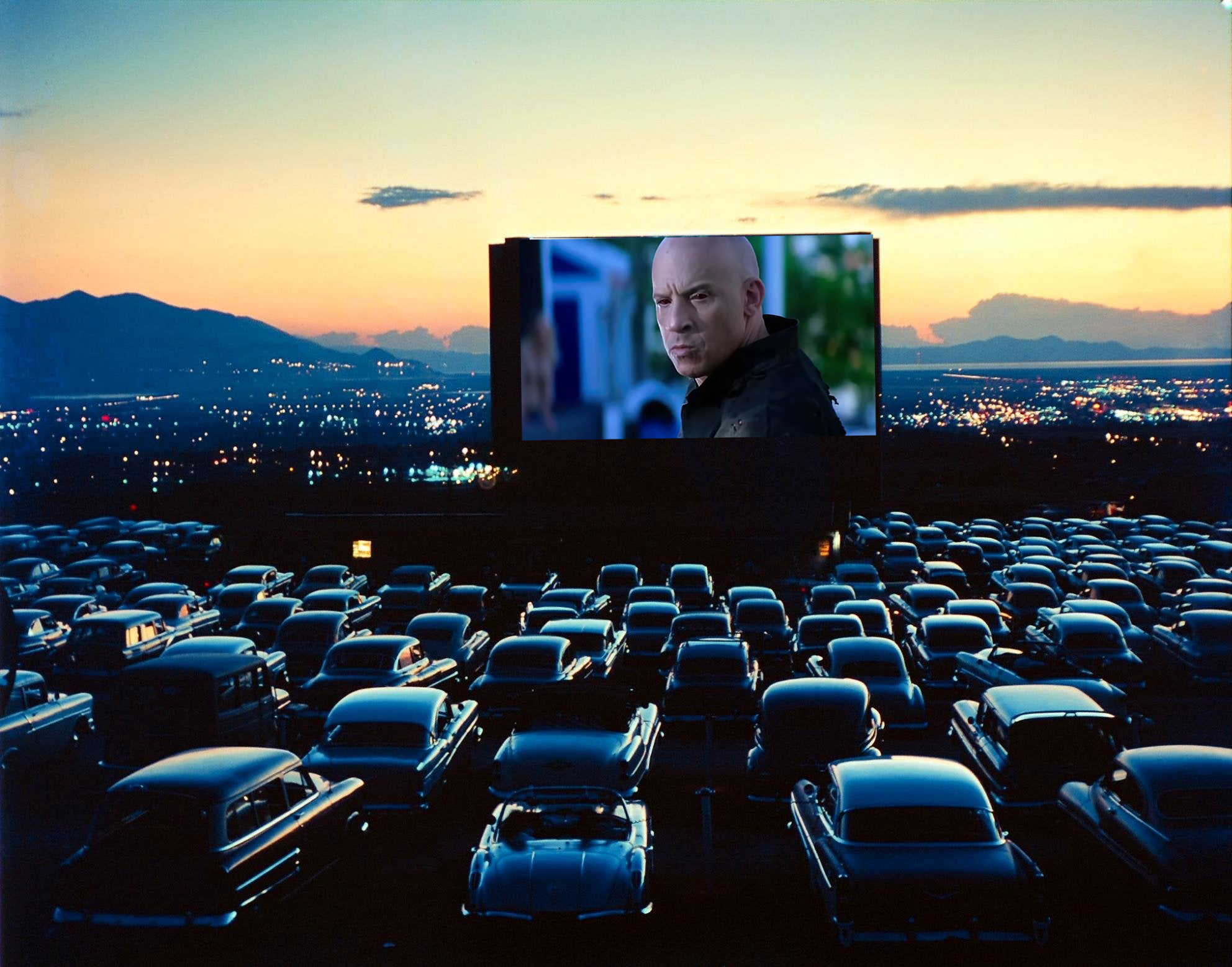With a large proportion of the population afraid to visit a movie theater until we get hold on the Coronavirus – as evident by the weekends box-office figures; the lowest in 20 years! – and by looks, many theaters now closing up shop for a while, streaming services and digital platforms are likely seeing more subscriptions than ever.
But it’d be a shame not to be able to watch a film on a big screen for three or four months, right!?
There is a solution – and surprisingly, many haven’t even considered it.
The Drive-In theater.

Sure, there’s only a few left in Australia, and a small quantity of them in the U.S too, but if you want a safe, worry-free trip to the ‘movies’ in relative isolation it probably is your best bet at the moment (just don’t be sitting outside in your deck chairs, stay put – and keep warm).
In fact, if your household is healthy, and you can load them into the car, drive to the movie, and then drive straight home – it won’t be that much different than staying inside on the couch together watching something on Netflix. Only, of course, you get an outing – a breather from the cabin fever that might start to set in after a while if we’re all forced to stay indoors for the next few weeks.
The Drive-in theaters are all still open. Whether it’s Dandenong, Coburg, Dromana, Yatala, Heddon or Coober Pedy in Australia (to name but a few) or Santee, Barstow, Sacramento, Industry, Florida, Carsonville, Mount Pleasant, Las Vegas or Glendale, Arizona in the U.S (to name only a few of the 300 or so still operating), it’s business as usual as the projector beams the big-screen entertainment on a cream screen in front of the car, night after night.
With New York announcing they’re closing all movie theaters, with more cities assumingly to follow, this might be a time when Drive-In theaters start to make a welcome comeback.

Sure, they’ll still only be able to show what is being released over the next couple of months – and with big titles like “A Quiet Place Part II” and “No Time to Die” now being delayed – but even if you have to settle for a “Bloodshot” or “Fantasy Island”, over something award-worthy, it’s still going to get you all out… and everyone is at far less risk than the theater during this worrying period.
Beginning in the late 1960s, drive-in attendance began to decline as the result of improvements and changes to home entertainment, from color television to cable TV, VCRs and video rental. Additionally, the 1970s energy crisis led to the widespread adoption of daylight saving time (which caused drive-in movies to start an hour later) and lower use of automobiles, making it increasingly difficult for drive-ins to remain profitable.
Beginning in the late 1970s, and extending through the mid-1990s, those drive-ins still operating acquired a quasi-novelty status, catering to the wave of “boomer nostalgia” and loyal patrons. This “retro” appeal eventually led to a revival of sorts by the end of the 1990s.
The ongoing conversion of film distribution from celluloid to digital is also putting additional pressure on drive-in theaters. Most small drive-ins lack the finances (beginning at $70,000 per screen) needed to convert to digital projection. The low amount of ticket sales didn’t make installing digital projectors worthwhile for many Drive-Ins, and as of late 2019, just 305 drive-ins remained opened.
This a time when the Drive-In, more than ever, can demonstrate its benefits – and possibly see more patronage than ever.





